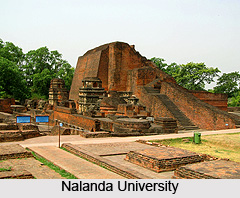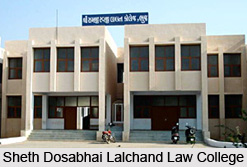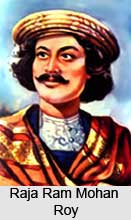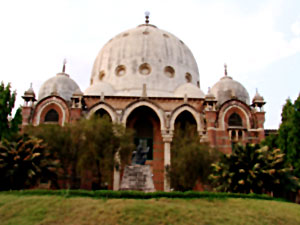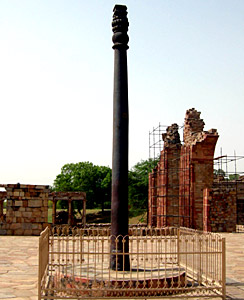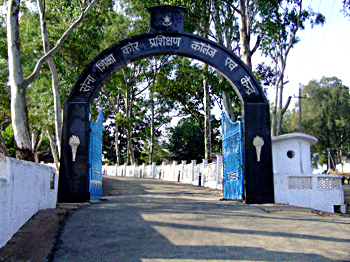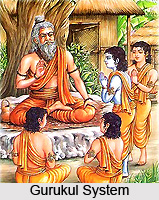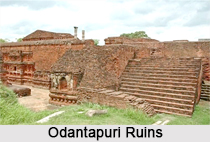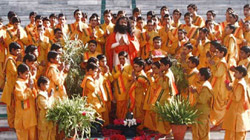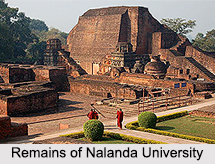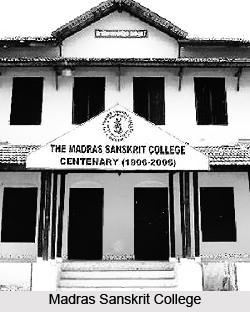 The Madras Sanskrit College was established in 1906. The college was originated due to the patronage of Mahapurusha Sri V Krishna-samy Iyer. It is said that Mahatma Gandhi himself used to call him like that. Iyer was the leader of the Madras Bar and later the Judge of the Madras High Court and finally Member of the Governor`s Executive Council till his death on 20th December 1911.
The Madras Sanskrit College was established in 1906. The college was originated due to the patronage of Mahapurusha Sri V Krishna-samy Iyer. It is said that Mahatma Gandhi himself used to call him like that. Iyer was the leader of the Madras Bar and later the Judge of the Madras High Court and finally Member of the Governor`s Executive Council till his death on 20th December 1911.
During the time of Sri V Krishna-samy Iyer, the condition of Sanskrit learning was in a very bad condition. The standard was deteriorating gradually. So, he decided to improve the condition by founding a place where the higher standards of classical works and Shastras in the traditional method can be taught in a very intensive way. The Madras Sanskrit College was started in December 1905 to fulfil his wish and from 1st February 1906, the College started functioning.
A committee was formed to continue the process of growth and to make it a steady and impressive institution. This committee included Shri V. Krishnasamy Iyer, Rao Bahadhur A. Krishnasamy Iyer and Shri A.S. Balasubramania Iyer. On 27th October 1907, a Trust was formed and Mr. Krishnasamy Iyer and Sir C.P. Ramasamy Aiyer. This was formed to encourage and promote the research and investigation in the several departments of Madras Sanskrit College.
Every student of the Madras Sanskrit College was bound to study the basic preliminary works in Vyakarana, Tarka and Mimamsa. The students also needed to learn all the special branches of the studies selected by them, which are valuable to the development of human thought, both in the East and West. The Madras Sanskrit College was also involved in the development of the Sanskrit colleges founded in Mysore and Travancore. The college did not teach only English but also had regular classes on comparative and critical studies. The Madras Sanskrit College used to provide five years of education and after the fifth year the college gave a certificate called Visharada in Veda, Smriti, Mimamsa, Vedanta, etc.
The Madras Sanskrit College was recognized by the Director of Public Instructions in 1907 and was placed on the list of aided institutions. After the resignation of Sri V. Krishnasamy Iyer in 1910, Honourable Justice P.R. Sundaram Iyer was appointed as the new president of the college and Sri Balasubramaniam Iyer was appointed as a member of the Committee. On 27th October 1911, while distributing the diplomas to the students, His Excellency Sir Arthur Lawley, Governor of Madras appreciated the work of the Sanskrit College and the generosity of the founder.
Prof. S. Kuppusamy Sastriar was the first principal of the Madras Sanskrit College. He was a very knowledgeable person and knew what will make perfect education for his students. He included significant Sanskrit texts in the degree curriculum and comparative philology and history of literature and essay in the Shironmani course. The Madras Sanskrit College progressed very well during his time and achieved repute in the field of Sanskrit. He worked in the college as principal from 1906 to 1911.
After him, Mahamahopadhyaya Chandrasekaran Shastrigal took over as a principal in 1911. In the second phase of the Madras Sanskrit College from 1912 to 1956, the college started imparting classes on the study of Advaita Vedanta, Mimamsa, Veda Bhashya and Arthashastra. But, the affiliation under the University of Madras was only in two branches Vedanta and Mimamsa.
On 13th March, 1910, the oriental type examination was introduced and the course for study and syllabus was also provided by the regulations of the University. Mahatma Gandhi visited the Madras Sanskrit College on 28th April in 1918 and was pleased to see its activities. Rabindra Nath Tagore also visited the college on 9th October in 1922 and was happy to see the encouragement given to the Sanskrit learning and the study of Advaita philosophy.
The average number of students enrolled from 1912 to 1924 in each year was 25. But after the Madras Sanskrit College`s affiliation to the University of Madras, the number of students increased and ranged from 30 to 40. This increase was due to the reason that all passed out Shiromani pundits were employed as Sanskrit pundits in high schools and colleges.
The position of Sanskrit was reduced in importance as an alternative to the first language and it was demoted to a third language after 1948. The reason was the decrease in the strength of the students in many schools who took Sanskrit. Thus the students seeking admission in the Sanskrit college also decreased. But again in from 1970 the number of students seeking admission in Sanskrit college started increasing. In 1980 the number of students ranged from 60 to 70 and student strength reached the maximum of nearly 130 students.
Many students of Madras Sanskrit College became well known scholars of international repute and have also been awarded prestigious titles like Mahamahopadhyaya, and certificate of merit from the President of India. They never compromised with the quality of education. The college completed its centenary in February 2006.
